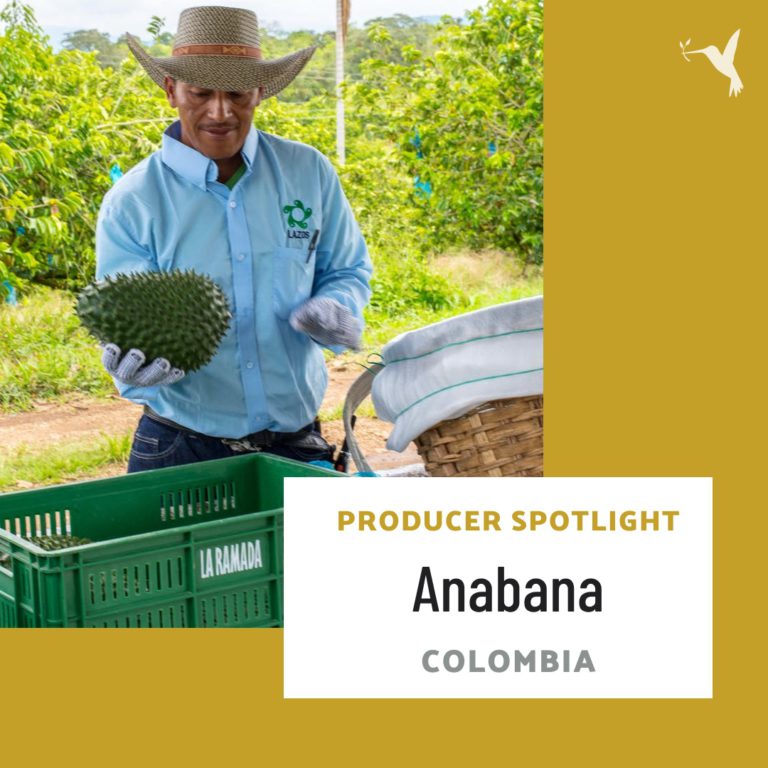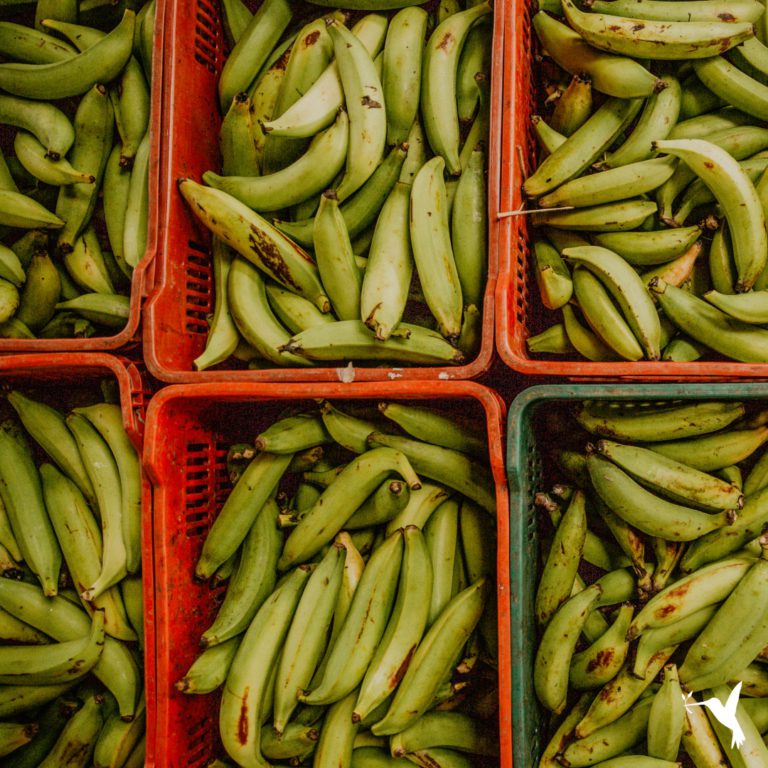Coffee, Conservation & the Heart of the Jaguar Corridor
The Beauty of the Jaguar Corridor
Bogota, home of the organization of WebConserva, is a gray, cold city. It sits high in the mountains of Colombia, boasting the biggest flat, mountaintop savannah at 3000 meters above sea level. Deep in the countryside of Colombia, a full day’s travel from Bogota, there is a region where people work hard to survive and are prioritizing the survival of ecosystems and biodiversity along with their own. Part of this region is what is known as the Jaguar Corridor. I recently had the great pleasure of speaking with Cristina Tingle and Carlos Valderrama from WebConserva about the important work they are doing to support the people and animals of the Jaguar Corridor in Colombia.
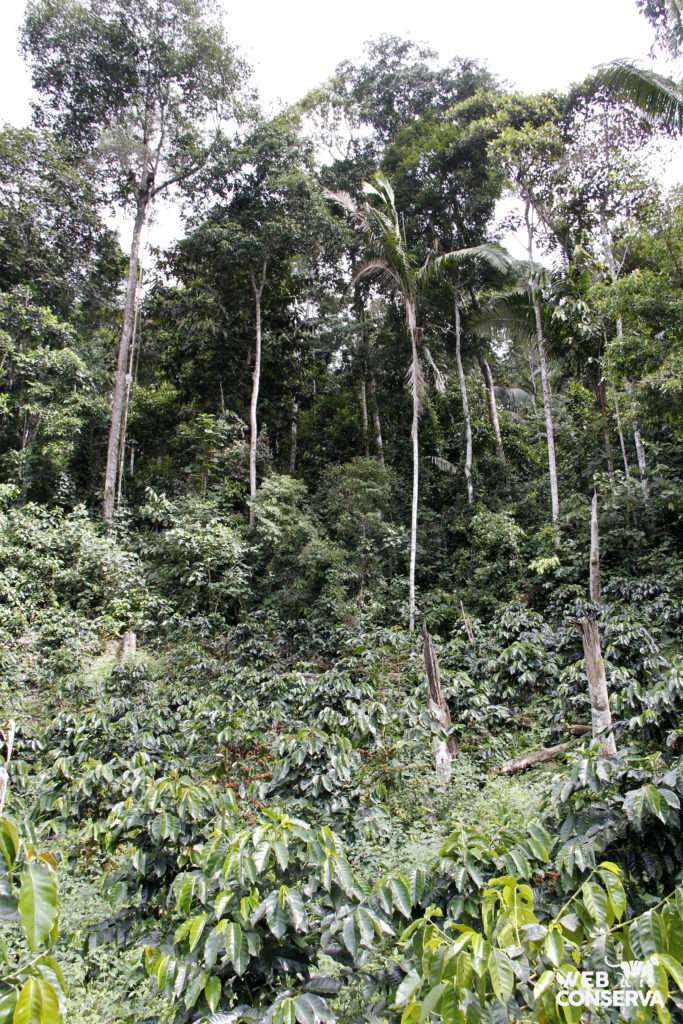
I was delighted to hear Carlos describe the journey from Bogota to the coffee region of the Jaguar Corridor. To arrive there, he told me, you must drive down passing through the beauty of the Andes, down to the Magdalena river valley, witnessing a dramatic change of vegetation and environment. As you descend, the road becomes very windy and the environment changes quickly, becoming much hotter, and very bright and sunny. In the rainy season, you smell mixtures of trees and flowers. After 11 hours of traveling, it becomes flat along the river and is very beautiful with the mountains in the view behind you.
At the river, you wait for the ferry to arrive, which is a very informal situation and quite unorganized. The ferry crossing, which is usually at sunset, takes only 20 minutes and the scenery is so beautiful, with the sun going down into the river. From there, you drive back up into the Serranía to the coffee plantations, where it again becomes a little cooler.
Problems & Solutions Surrounding the Jaguar Corridor
The Jaguar Corridor is a network of ecosystems and habitats that allows for movement of jaguars from Mexico to Argentina. Along the corridor, people also must survive through a variety of methods, not all of which have been harmonious with the survival of jaguars and other species. Fortunately, in Colombia, WebConserva is an organization that prioritizes healthy and sustainable relationships between humans, animals, agriculture, and ecosystems. And in fact, this area is the heart of the Jaguar Corridor, connecting the central and the south regions and it is a critical area for conservation.
“When you go into the forest in this area,” Cristina describes, “you get a feeling of disconnection from the rest of the world. The forest is full of very big, very green leaves, all kinds of noises, colorful birds, insects and bugs, all the ones you can imagine, monkeys. “It is hot during the day but cool in the forest.”
In all my interviews with members of our Producers Trust network, I am reminded that the solutions are out there and many of them are already functioning. As many problems as there are, there are just as many or more solutions.
So here is the issue: along the Jaguar Corridor in this region of Colombia, many people earn their living as cattle ranchers. Cattle often become prey of jaguars and pumas and other wild predatory animals, leading cattle ranchers to protect their livestock by killing the predators, which are critical to a thriving wild ecosystem. The region is also adequate for growing coffee, although historically, the coffee that had been grown there wasn’t the highest quality or notably delicious, and therefore didn’t used to receive a high rate at market.
When Conflicts Lead to Opportunities
Conflict between cattle ranchers and large animals like jaguars, pumas, and Andean bears, as well as struggling coffee farmers demonstrated a need for some kind of sustainable action. Fortunately for all, Web Conserva found a way to address the conflicts and struggles holistically. Webconserva realized that the large wild carnivores are not likely to pass through coffee plantations, and their focus is to minimize the conflict between humans and wildlife while also minimizing the losses of ranchers and creating coexistence.
The idea is that coffee plantations can actually become a buffer zone to stop the destruction of habitats and stop deforestation. With coffee growing between the forest and the cattle, the cattle are not exposed to the jaguars and the jaguars do not cross the coffee plantations.
This effort to reconcile agriculture and wildlife is helping to protect around 1000 hectares of native forest, and so far they are protecting 18 species of animals, many of which have habitats only 50 meters from the plantations.
Healthier Ecosystems & More Delicious Coffee
The added bonus is that the shade and humidity of the wild forest of the Jaguar Corridor actually improves the quality of the coffee and now offers a specialty coffee of excellent quality.
WebConserva is a small organization with only 6 employees. Cristina is a graphic designer and Carlos is a veterinarian. They travel from Bogota every 2 or 3 months to visit the Jaguar Corridor regions and the coffee farmers working to produce quality coffee and protect surrounding ecosystems.
“The people are just so nice,” Carlos told me. “It is a very active town where everyone is working with cattle ranching and coffee production.”
Carlos explains that they have already accomplished their short-term vision with their initiative to make a sustainable model with a small number of coffee growers and improve the social impact of the region. The hard work shows that coffee plantations can coexist with large carnivores and cattle ranches while preserving biodiversity.
Women & Children Play a Critical Role in Protecting Wildlife
Women play a huge role in this process and WebConserva makes sure to recognize and support this, because so often women are not given the visibility that they deserve. In fact, all of their negotiations are with the women of the area.
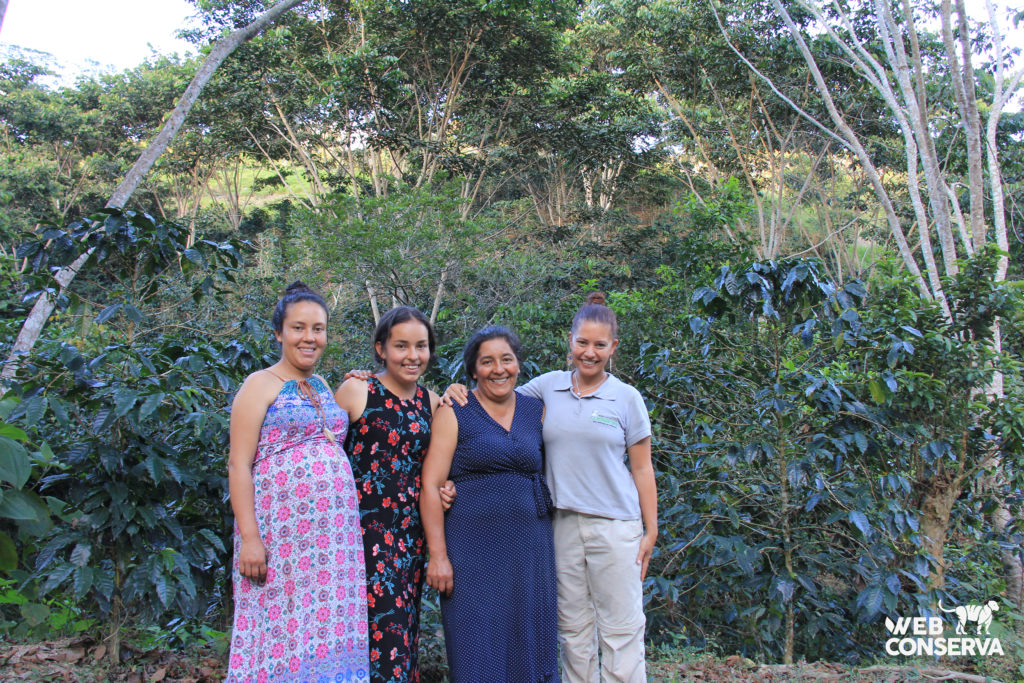
As well as improving life for women, jaguars, farmers and ranchers, the organization also connects with schools to involve children. Children paint and draw wild animals and then commit themselves to conservation. They agree to become guardians of the jaguars and pumas as they learn about the importance of these animals, their habitats, and their own environment. In this way, awareness of large animal conservation is expanding to become part of the culture.
The project is growing on its own and the local people are taking ownership–as should be the case in any charitable organization.
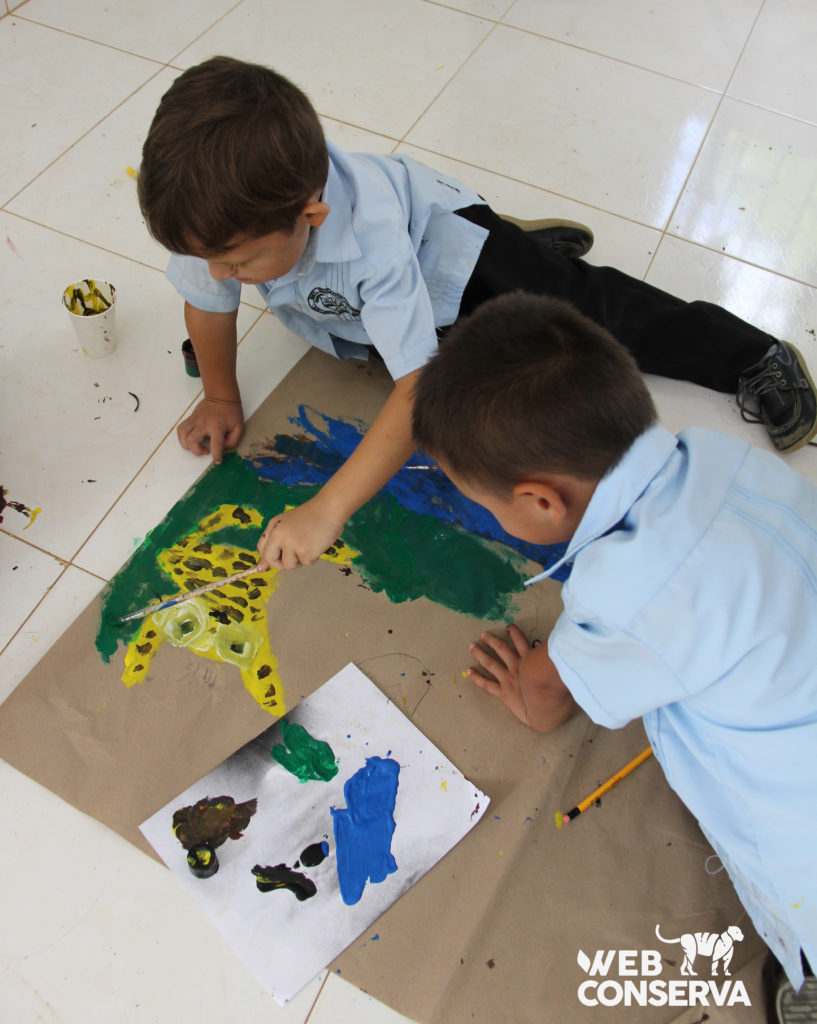
One of the main ideas behind the work of WebConserva is the real potential for equilibrium between production and conservation. We depend on nature to produce our food and for the air we breathe. We are part of nature, and we cannot live without it.
While there are many solutions to the many problems we face in our world, I believe that they all begin here–remembering that we are part of nature.

